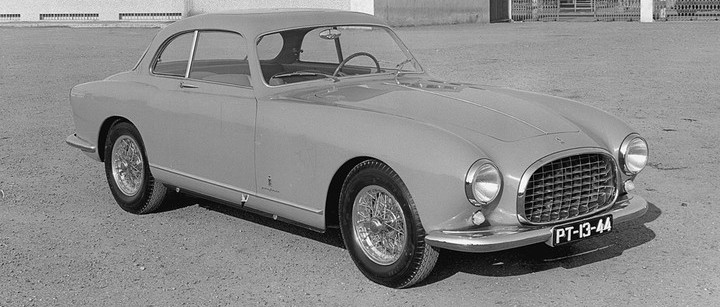
The 212 series of cars were built between late 1950 and 1953, in Inter and Export model configuration. The former was the road model, and the latter ostensibly the competition model. The Inter road version was the most prolific of the early series of production cars manufactured by Ferrari, with the greatest variety of body styles, with berlinetta, cabriolet and coupé variants.
The styles even varied significantly within the examples produced by a single coachbuilder, notably those from the Vignale design studio. This series of cars carried coachwork by Ghia, Ghia Aigle, Pininfarina, Stabilimenti Farina, Touring, Vignale, and even the British firm Abbott produced a rather ungainly cabriolet, that has long since been re-bodied in the style of a Touring barchetta.
The Export competition versions carried even chassis numbers on a 2250 mm wheelbase chassis normally with an E or ED suffix to the number, whilst the Inter road models were constructed on a 2600 mm wheelbase chassis in the odd number road car sequence, initially with an EL suffix, and then with an EU suffix. At least that is the theory, but some examples that are obviously road cars from their design and equipment carry even chassis numbers, exemplifying the dual purpose nature of the Ferrari production of the time. Up to this point the standard steering layout had been right-hand drive, in the racing tradition, but approximately midway through 1952 the 212 Inter series started to become equipped with left-hand drive as standard, obviously to make them more practical, as this was the normal steering position in the majority of markets in which they were sold.
The last Stabilimenti Farina bodied car was built on a 212 Inter chassis. This model also saw the beginnings of a long-term liaison with Pininfarina, with their first coachwork renditions on a Ferrari chassis, which were somewhat conservative when compared to the more flamboyant offerings from Vignale, but were the start of establishing a homogeneous identity for the Ferrari marque as the company moved into greater road car production numbers.
The 212 models featured the traditional 60˚ V12 engine based on the original Colombo design, but now with a bore and stroke of 68 mm x 58.8 mm, to give a cubic capacity of 2562 cc. As with the preceding models, the competition designated cars were normally fitted with triple twin choke carburettors, although there are exceptions, and the road versions with a single twin choke unit, with the three carburettor arrangement available as an option, providing a power output ranging between 130 and 150 bhp. The chassis construction principles and suspension layout were virtually identical to the preceding 166 and 195 Inter models.
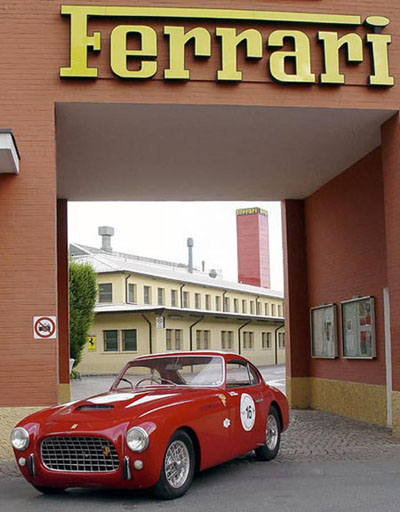 Engine
Engine
- Type front, longitudinal 60° V12
- Bore/stroke 68 x 58.8 mm
- Unitary displacement 213.54 cc
- Total displacement 2562.51 cc
- Compression ratio 7.5 : 1
- Maximum power 110 kW (150 hp) at 6500 rpm
- Power per litre 58 hp/l
- Valve actuation single overhead camshaft per bank, two valves per cylinder
- Fuel feed
- single Weber 36 DCF carburettor
- Ignition single spark plug per cylinder, two coils
- Lubrication wet sump
- Clutch single-plate
Chassis
- Frame tubular steel
- Front suspension independent, unequal-length wishbones, transverse leaf spring, Houdaille hydraulic shock absorbers
- Rear suspension live axle, semi-elliptic springs, Houdaille hydraulic shock absorbers
- Brakes drums
- Transmission 5-speed + reverse
- Steering worm and sector
- Fuel tank capacity 105 litres
- Front tyres 6.40 x 15
- Rear tyres 6.40 x 15
 Bodywork
Bodywork
- Type coupé, cabriolet, 2+2 or two-seater
- Wheelbase 2600 mm
- Front track 1278 mm
- Rear track 1250 mm
- Weight 1000 kg (dry, coupé)
Performance
- Top speed 200 km/h

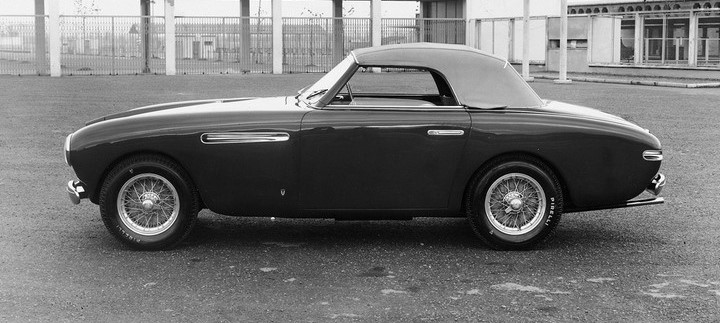
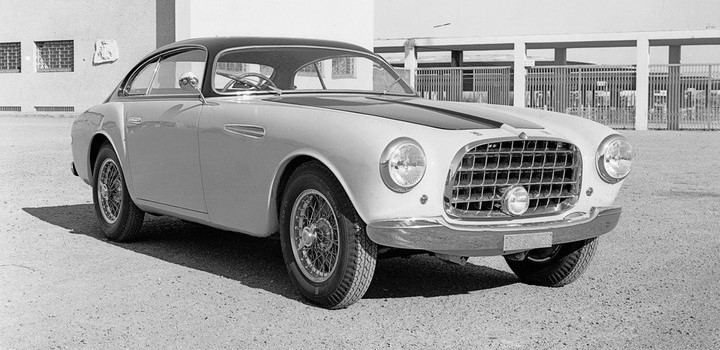

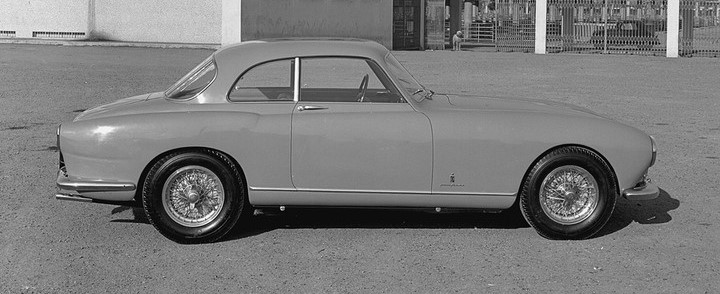
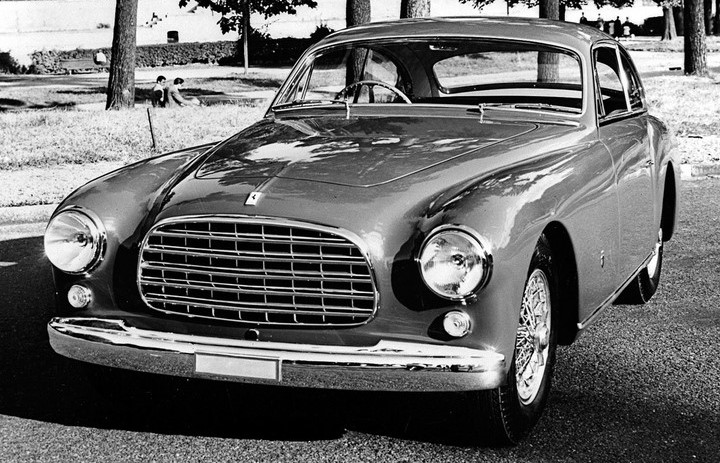
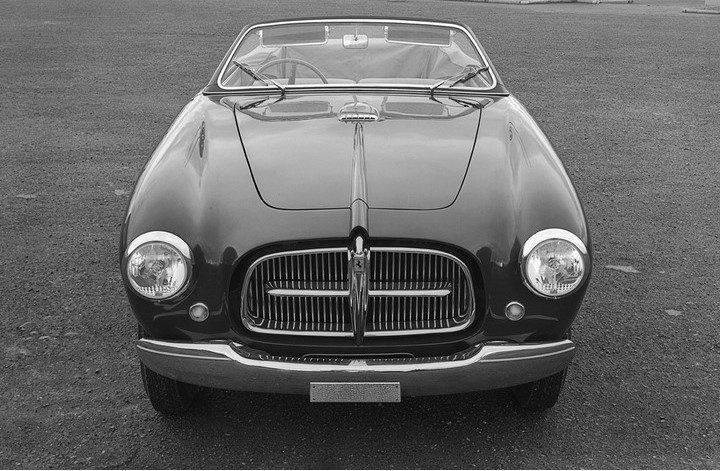

You must be logged in to post a comment.